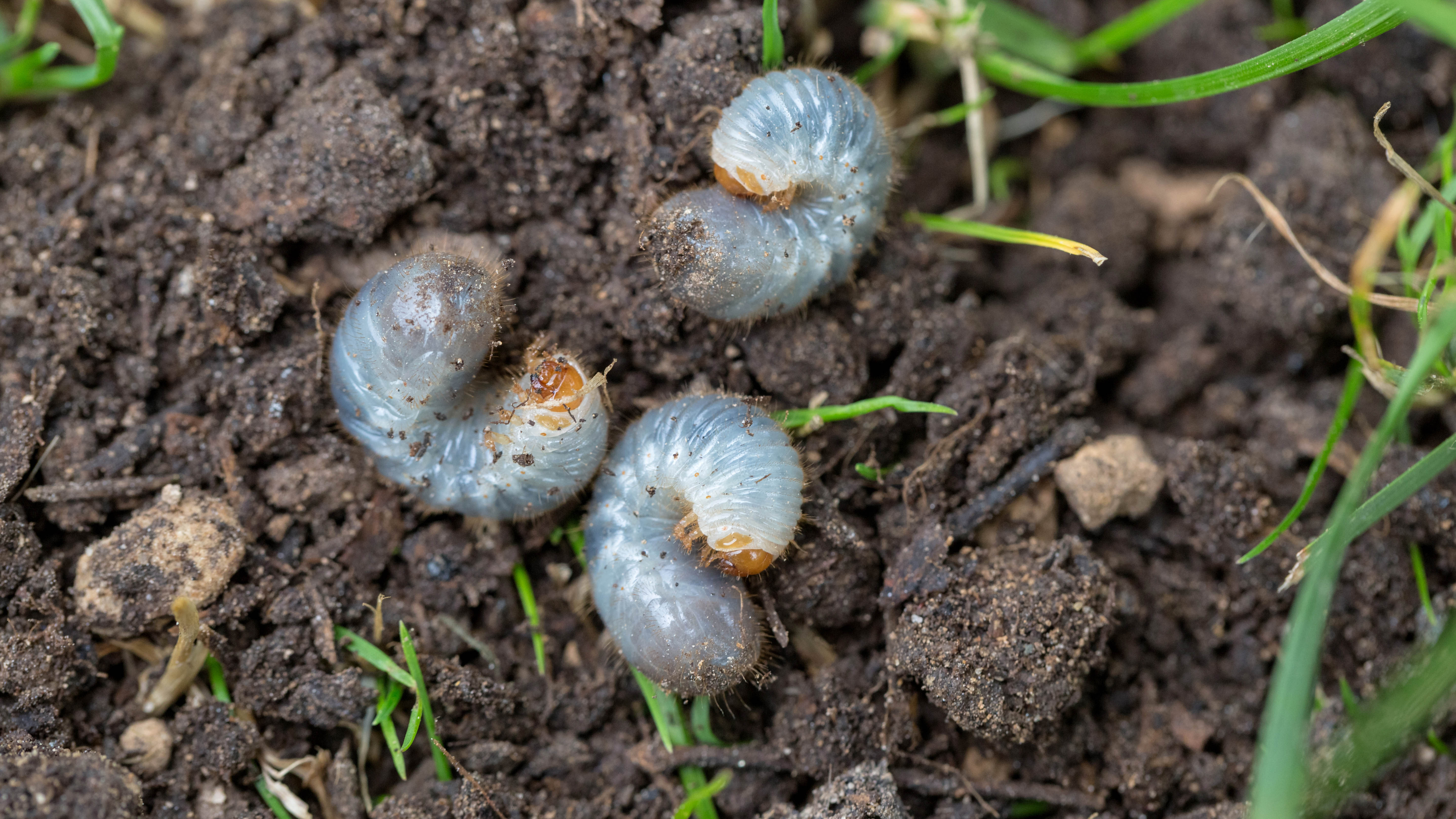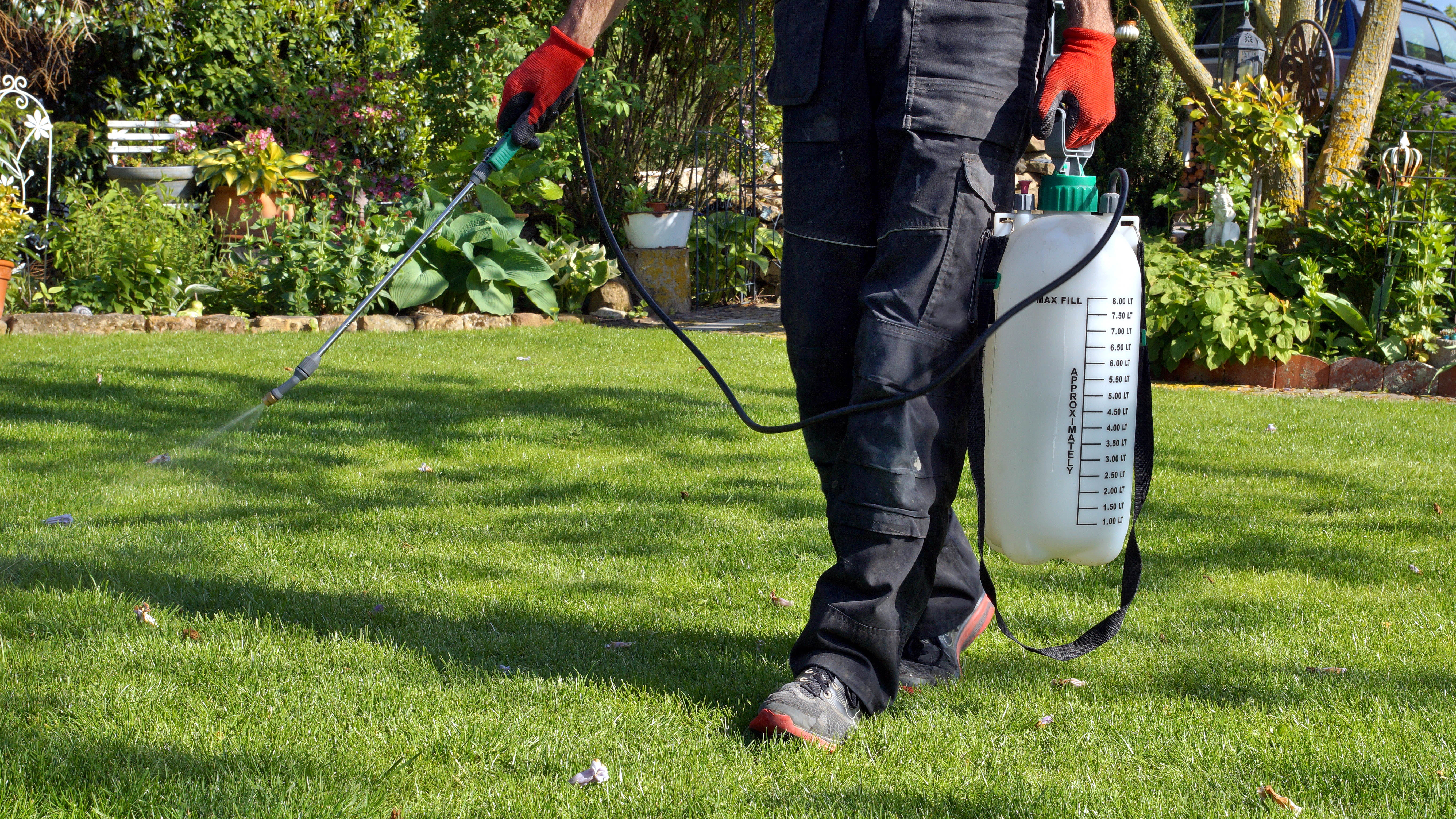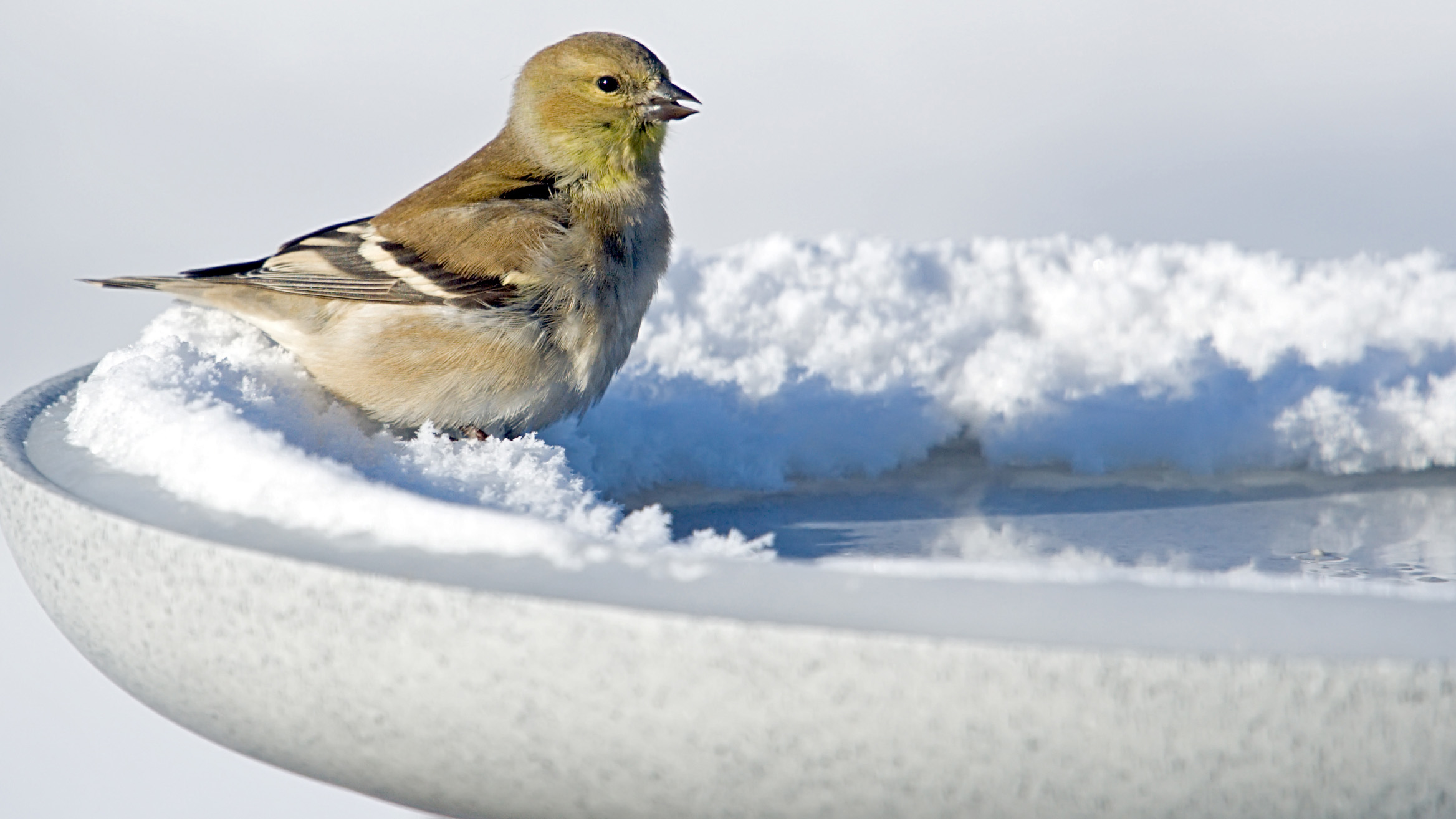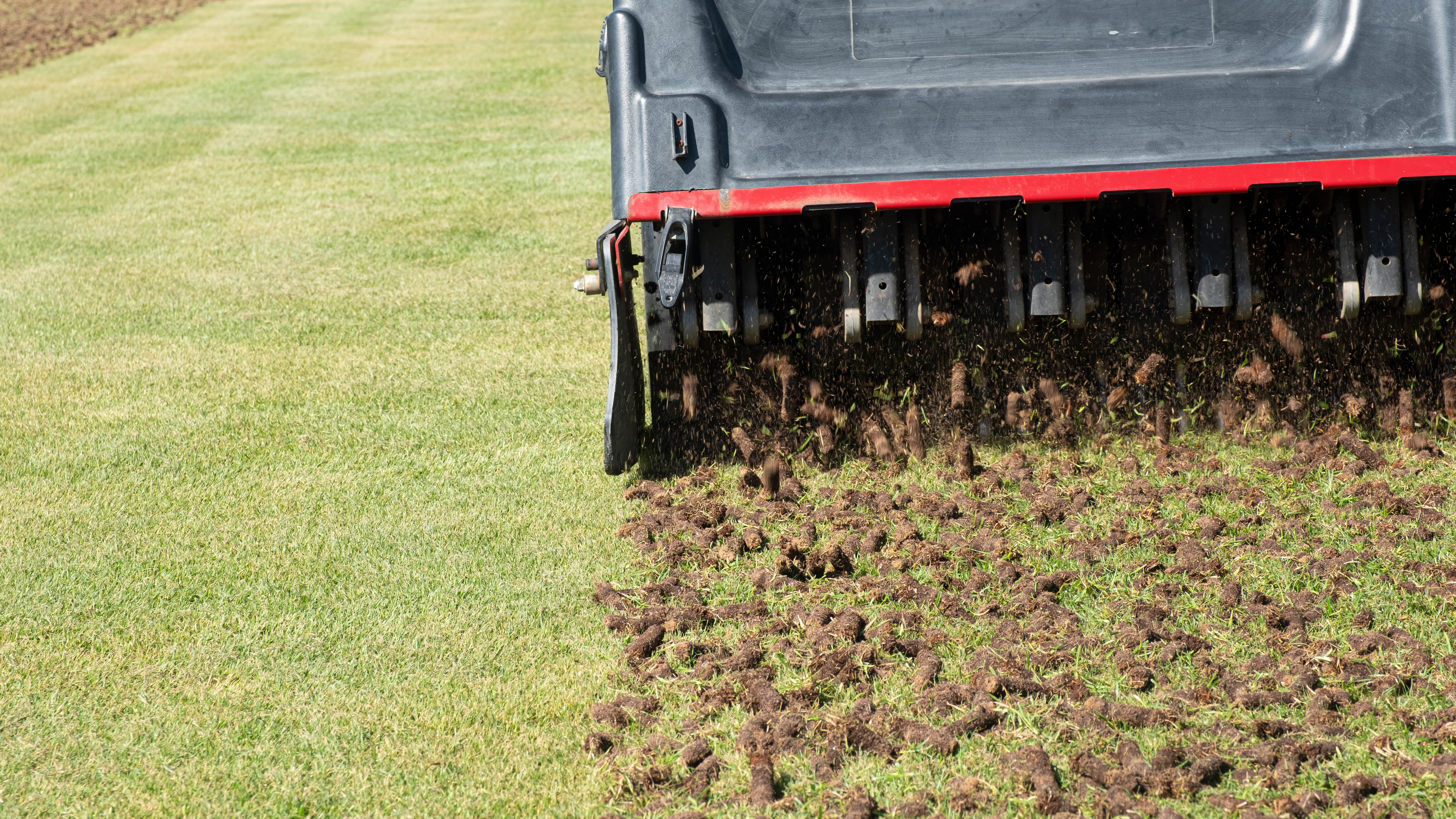How to get rid of lawn grubs for a pest-free backyard

If you’re pest-proofing your backyard this season, it’s useful to know how to get rid of lawn grubs. Much like knowing how to get rid of crabgrass, or how to get rid of dandelions without ruining your lawn, grubs can cause damage to your grass if not dealt with.
So what exactly are lawn grubs? These are small, white, worm-like larvae of insects. As they develop into adult beetles, grubs will eat their way through grass roots, ripping up the lawn and causing the grass to eventually die. In addition, grubs are often the cause of brown patches you see on your lawn, in which case you’ll probably need to know how to revive dead grass.
The good news is, there are effective ways to get rid of these critters and protect your garden all year round. Ranging from natural predators to homemade solutions, here’s how to get rid of lawn grubs for a pest-free backyard.
Once you pest-proof your garden, be sure not to make any of these seven common lawn care mistakes. Also, here are 7 ways to get rid of aphids and keep them out of your yard.
1. Introduce beneficial nematodes

Beneficial nematodes are a common way to get rid of lawn grub.These are tiny parasitic worms that target and kill a variety of garden pests, including grubs. In addition, these are safe to use, pet-friendly and can be bought at your local gardening center, or online like this NaturesGoodGuys Live Beneficial Nematodes ($17, Amazon).
Since nematodes are alive, these must be used immediately after opening, using an application sprayer. If it’s not possible, many can be stored in a refrigerator at 37°F - 49°F for up to two weeks, but always follow the instructions before use. The best time to use it is first thing in the morning or during the late afternoon, and avoid direct sunlight as this will make them less effective.
2. Encourage natural predators

Lawn grubs are appealing to natural predators including birds like chikadees, robins and blue jays. These species will enjoy eating grubs, and will help to reduce an infestation. If you want to attract more birds to flock to your garden, place bird feeders or birdbaths around your yard. Or you can find out what you can and can't feed the birds in winter to attract beautiful species. Bear in mind, birds may cause damage to homegrown fruit or vegetables, so place away from these areas.
Get instant access to breaking news, the hottest reviews, great deals and helpful tips.
3. Limit moisture on your lawn

While our lawns need water to thrive, this also helps lawn grubs to survive. Limit the amount of moisture by knowing how much you should water your lawn, so you don’t overwater. In addition, if your lawn can go dormant (no growth), but can easily recover after watering, stop irrigating your yard for a few weeks. This will help to reduce the growth of lawn grub.
4. Spray neem oil or Azadirachtin

Neem oil is an organic pesticide, and Azadirachtin is a component of neem oil. These are sprayed directly onto grass or plants as a form of pest-control, and are also known to be antiviral, antibacterial, antiseptic and antifungal. It is also known to be an effective fly repellent. Pure neem oil deters lawn grub from feeding, laying eggs and developing into adults, while Azadirachtin is effective in killing larval Japanese beetles. Simply mix neem oil with water (always following the label directions), and spray the diluted solution on affected areas around the garden.
5. Dethatch and aerate

Remove thatch and aerate the lawn to make it harder for grubs to survive. Lawn grubs tend to thrive in compacted soil, as this provides a good shelter for them to multiply. It’s useful to know how to aerate a lawn the right way for best results. In addition, dethatching and aerating your lawn will make it easier for nematodes and other natural solutions to fully penetrate the surface of the soil. This will reach the grubs quickly, and be more effective in killing them.
Of course, if you find yourself with an infestation, it’s time to call in the professional exterminators to tackle pesky lawn grubs.
How do you know when you have lawn grubs?

Even if you haven’t spotted lawn grubs in your backyard, the first signs are usually irregular brown patches in your lawn. While this could mean a number of things, a good test is to pull up at the grass blades. If this comes away or separates from the soil easily, this means the lawn grubs have munched through the roots. Another sign is increased animal activity. Since lawn grubs are attractive to natural predators, such as birds, skunks, and raccoons, you may notice a lot more holes in your lawn from digging.
For more lawn tips, tricks, and how-tos, check out our guides on how to plant grass seed, how to make your grass greener, how to stripe your lawn, how often should you fertilize your lawn and when to do it, how to lay sod, 7 common lawn care mistakes you're probably making right now and 7 ways to revive dead grass.

As the Homes Content Editor, Cynthia Lawrence covers all things homes, interior decorating, and garden-related. She has a wealth of editorial experience testing the latest, ‘must-have’ home appliances, writing buying guides and the handy ‘how to’ features.
Her work has been published in various titles including, T3, Top Ten Reviews, Ideal Home, Real Homes, Livingetc. and House Beautiful, amongst many.
With a rather unhealthy obsession for all things homes and interiors, she also has an interior design blog for style inspiration and savvy storage solutions (get rid of that clutter!). When she’s not testing cool products, she’ll be searching online for more decor ideas to spruce up her family home or looking for a great bargain!
